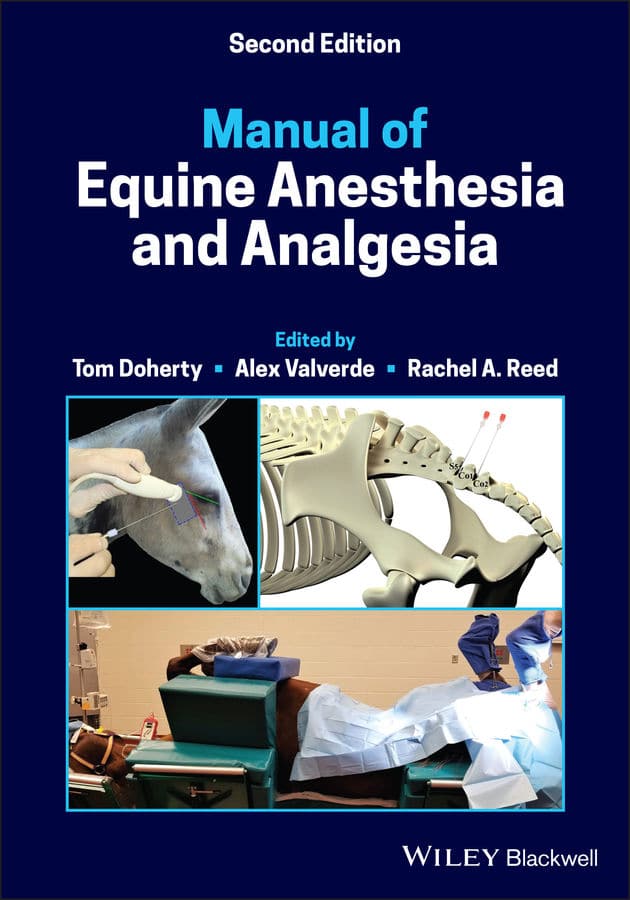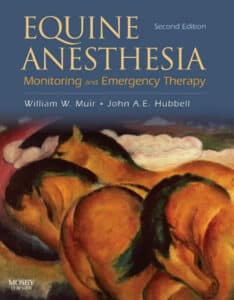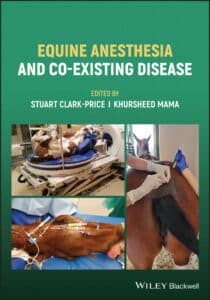
By Tom Doherty, Alexander Valverde, Rachel A. Reed
Manual of Equine Anesthesia and Analgesia 2nd Edition Is A fully updated new edition of this practical guide to managing anesthesia in horses and other equids, providing updated and expanded information in a concise, easy-to-read format
Manual of Equine Anesthesia and Analgesia provides practitioners and veterinary students with concise, highly practical guidance to anesthetizing horses, donkeys, and mules. Using a bulleted quick-reference format, this popular resource covers the basic physiological and pharmacological principles of anesthesia, patient preparation and monitoring, and the management of sedation and anesthesia. Chapters written by leading veterinary anesthesiologists contain numerous clinical images and illustrations, case examples, tables, diagrams, and boxed summaries of important points.
Now in full color, Manual of Equine Anesthesia and Analgesia 2nd Edition features extensively revised and updated information throughout. New sections cover chronic pain, management of horses undergoing MRI, ventilators, nerve blocks for reproductive surgery, muscle relaxants, various new drugs, paravertebral anesthesia, treatment of pain using acupuncture and physical rehabilitation techniques, and more. Up-to-date appendices contain drug lists and dosages as well as equations related to equine cardiovascular and respiratory systems.
Manual of Equine Anesthesia and Analgesia, Second Edition, remains a must-have resource for all equine practitioners and veterinary students involved with anesthetizing horses.

This Book is Available for Premium Members













![Ettinger’s Textbook of Veterinary Internal Medicine 9th Edition [PDF+Videos] Ettinger’s Textbook of Veterinary Internal Medicine 9th Edition [True PDF+Videos]](https://www.vet-ebooks.com/wp-content/uploads/2024/10/ettingers-textbook-of-veterinary-internal-medicine-9th-edition-100x70.jpg)

![Textbook of Veterinary Diagnostic Radiology 8th Edition [PDF+Videos+Quizzes] Thrall’s Textbook of Veterinary Diagnostic Radiology, 8th edition PDF](https://www.vet-ebooks.com/wp-content/uploads/2019/09/textbook-of-veterinary-diagnostic-radiology-8th-edition-100x70.jpg)






